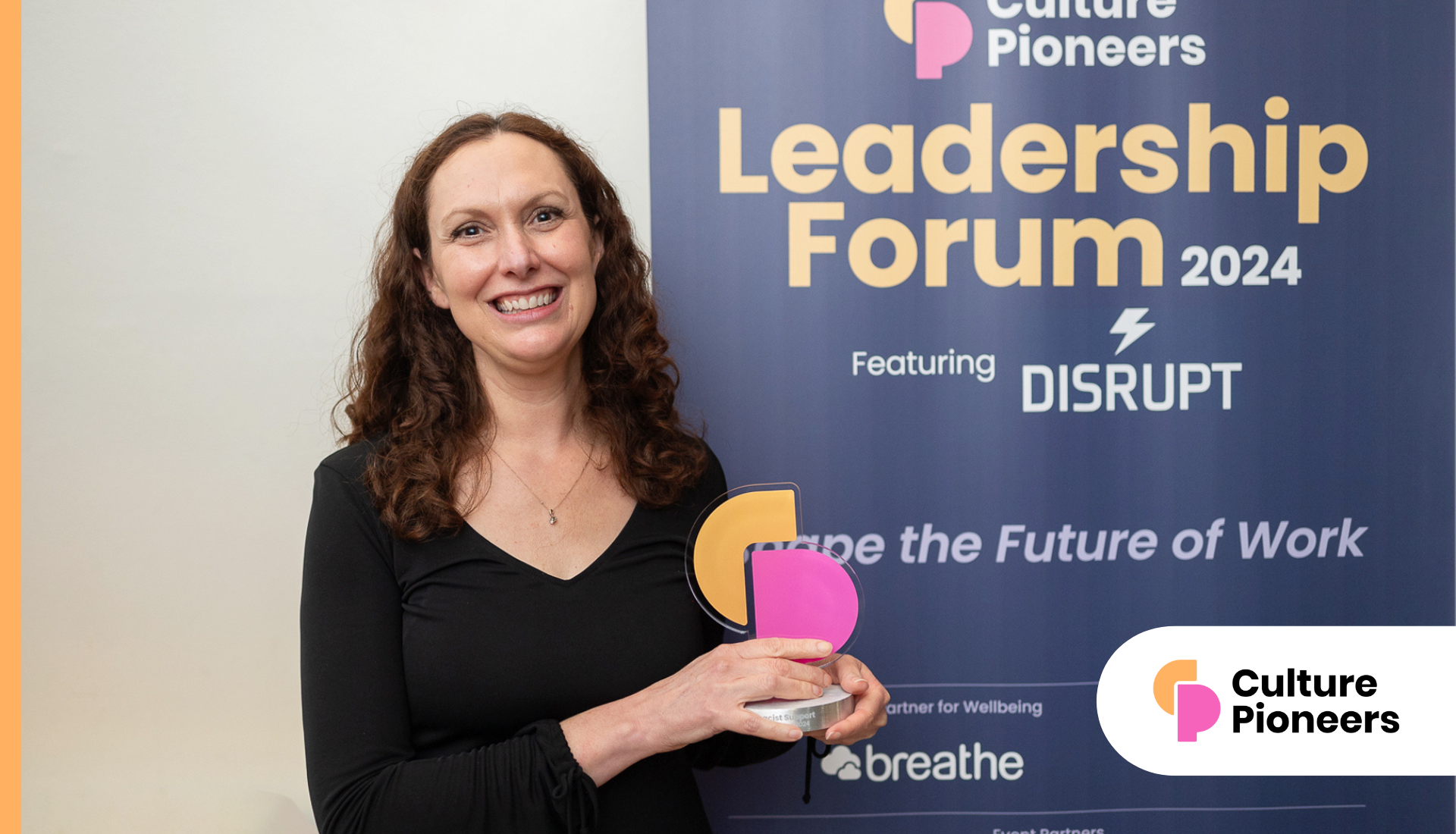Approximate reading time: 2.7 minutes
What is your favourite question stopper? These are the responses you give when someone at work puts you on the spot and demands an instant answer? Most of the time HR practitioners avoid the “in-your-face” question, but inevitably it happens. How do you respond?
One of the most useful guidelines is to tackle the question using a simple principle: where someone is firing facts at you, explore the emotions, feelings and attitudes behind this approach. And where someone expresses strong emotions, feelings or attitudes, switch the focus to facts and seek more information.
Occasionally though, you may really be up against it. The tough question comes in the form of almost a confrontation: “What proof have you got that engagement really makes a difference to our business?” “How do you know our training programming is cost effective?” “Shouldn’t we just sack him and get it over with?”
In these situations it is important to realise that behind the question usually lies a statement, an opinion or belief of some kind. So, one powerful question stopper is to confront back.
Instead of just accepting the question, instead expose the statement that lies behind it: “I think you are suggesting that engagement does not make a difference to our business. Is that right?” “You seem to think our training programme is expensive, why is that?” “You sound really anxious to get rid of this employee; can we explore just why that is?”
Three basic tools that allow you handle even the toughest questions are bridging, re-framing and re-directing.
With bridging you link to some other issue, for example moving from the particular to the general. Instead of becoming bogged down in the minutiae of the question you open it out to a wider canvas: “Well it’s not just staff turnover we have to be concerned about, I suggest we also need to consider our culture of blame.”
With re-framing you take the question and re-present it in a different form. This gives you more leverage than just responding directly to the question: “You’ve raised the issue of attrition rates, but really this is part of how we handle talent in this organisation.”
With re-directing you take the person away from a question you either cannot answer or would rather not answer: “I would like to explore that with you, but at the moment it’s being discussed at Board level.” “It’s a fair question, but you will have to ask the CEO to comment, rather than me.” “I can’t answer that because it’s about to go to an industrial tribunal but I can tell you that…”
When you are put on the spot and expected to answer a question it can be unnerving and even frightening. The experienced question handler will often play for time, for example responding: “Could you repeat that please?” or instead repeating the question back to the questioner and enquiring: “Have I understood your question correctly?”
Certainly try to avoid rushing to answer and make sure you really hear the entire question. Be willing to be seen to think and reflect before offering a response. Finally here are 10 sentences to use when handling those tough questions
1) I need to think about that. I’ll come back to it in a moment (in a week, a year or whatever!)
2) Can I ask why you asked me that particular question?
3) Great question, does anyone here know the answer to it?
4) What exactly do you mean by ….?
5) I don’t know the answer to that, but I definitely know someone who does…
6) Whoa, that’s a lot of questions all in one! Let’s take each one in turn. First….
7) Sorry but I don’t quite see the relevance of that to the issue we are currently dealing with here. Can you explain its connection?
8) I have a slightly different perspective on that, another way of putting it might be…
9) It’s an important issue, sadly we don’t have enough time to deal with it fully now. Leave me your contact mail and I’ll get back to you with a more considered response
10) Have you any examples that you can quote?




